La demanda global de telas no tejidas aumentó en un 12% en 2023, pero los fabricantes luchan por equilibrar el rendimiento con el cumplimiento ecológico. Se han vuelto esenciales en varias industrias, ofreciendo alternativas versátiles, rentables y sostenibles a los textiles tradicionales. Desde productos médicos hasta aplicaciones automotrices, los materiales no tejidos continúan revolucionando la forma en que pensamos sobre los textiles. En este artículo, exploraremos los avances en los procesos de fabricación, las tecnologías de vanguardia, los esfuerzos de sostenibilidad 1 y las aplicaciones de la industria de las telas no tejidas 2 .
La fabricación moderna no tejida combina 3 impulsados por la IA , los materiales biodegradables y los sistemas de eficiencia energética para ofrecer telas de alto rendimiento para usos médicos, automotrices y agrícolas al tiempo que cumplen con estrictos puntos de referencia de sostenibilidad.
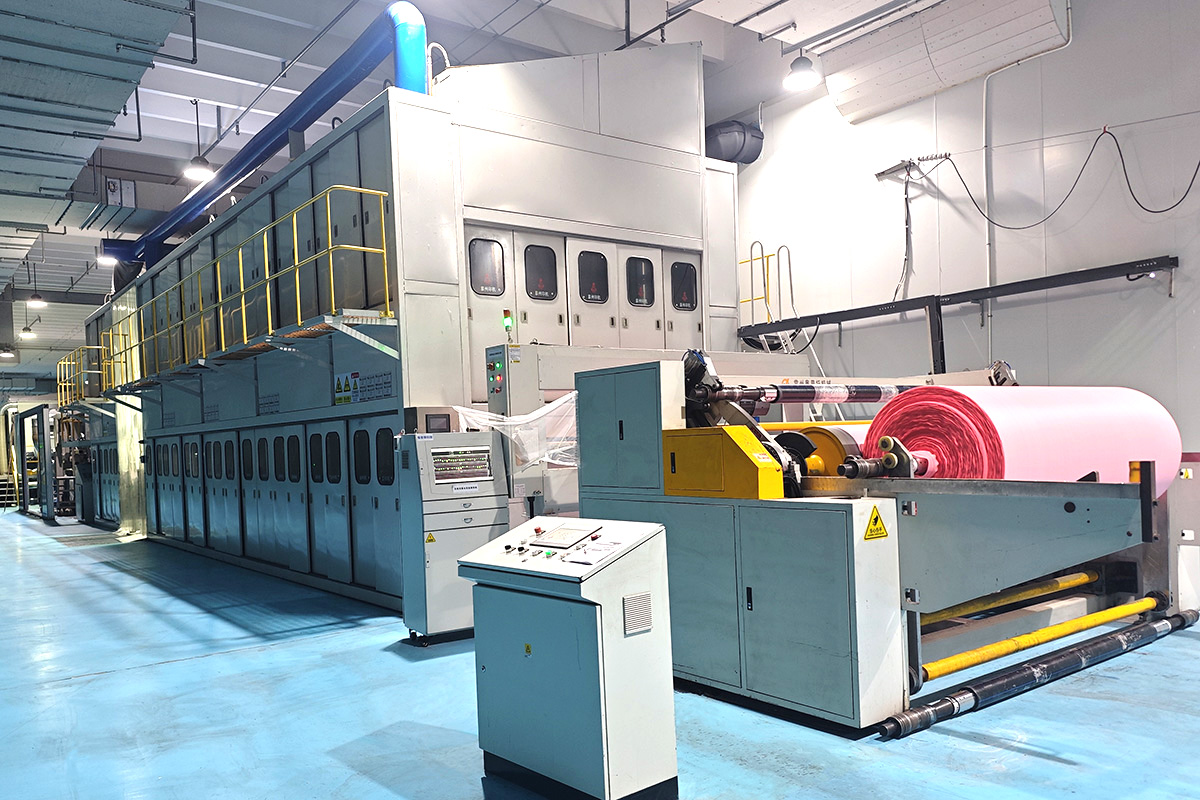
¿Qué son las telas no tejidas y por qué están ganando popularidad?
Las telas no tejidas están hechas de fibras unidas a través de procesos mecánicos, térmicos o químicos, a diferencia de los textiles tradicionales que requieren tejido o tejido. Este método proporciona una alternativa más eficiente, flexible y ecológica para muchas aplicaciones.
Los tejidos no tejidos han revolucionado la fabricación textil 4 al ofrecer una alternativa altamente adaptable y rentable a las telas tejidas o tejidas convencionales. A medida que las industrias exigen materiales más especializados y funcionales, las telas no tejidas satisfacen estas necesidades a través de sus características personalizables 5 y métodos de producción únicos. Este cambio en la tecnología de fabricación ha ayudado a expandir su uso en todo, desde productos de atención médica hasta aplicaciones automotrices.
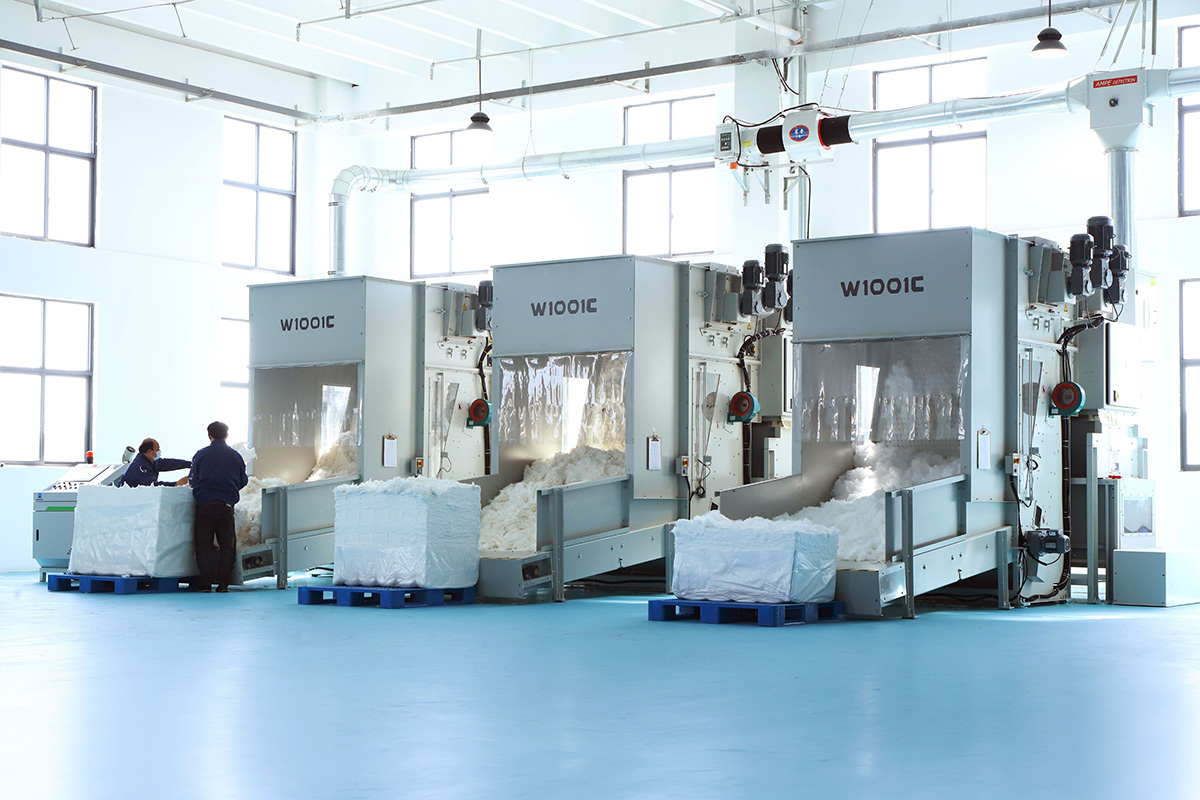
¿Cuáles son los procesos de fabricación clave para las telas no tejidas?
La fabricación de telas no tejidas se basa en varios procesos clave que crean telas con características específicas adecuadas para diversas aplicaciones. Comprender estos procesos es crucial para reconocer cómo los no tejidos superan los textiles tradicionales 6 en términos de costo, funcionalidad y sostenibilidad.
¿Cuáles son las principales tecnologías de formación web en la producción no tejida?
Las telas no tejidas se producen a través de varias técnicas de formación web 7 , incluidos Drylaid, Wetlaid y Procesos Spunlaid 8 . Cada uno de estos métodos ofrece beneficios únicos y es adecuado para diferentes tipos de telas.
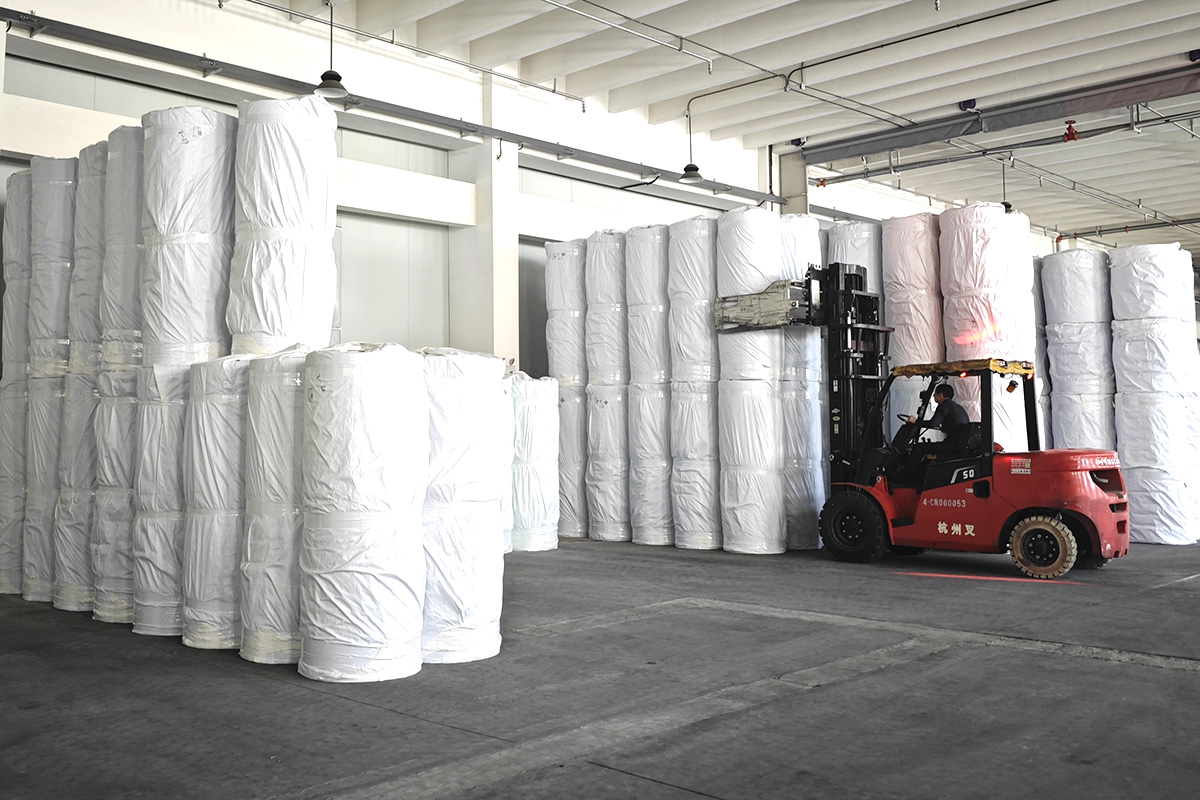
Las tres principales tecnologías de formación de tramas son Drylaid (incluyendo Cardado y Airlaid), Wetlaid y Spunlaid (Spunbond, Meltblown y Submicron). Las tecnologías Drylaid utilizan medios mecánicos para crear tramas de fibras, Wetlaid implica métodos a base de agua similares a la producción de papel, y los procesos Spunlaid utilizan calor para unir las fibras. Cada uno de estos métodos influye en las propiedades del tejido final, como la resistencia, la suavidad y la absorbencia. Por ejemplo, los tejidos Spunbond, producidos mediante el proceso Spunlaid, ofrecen una excelente resistencia y se utilizan en productos médicos y de filtración.
Sumergirse más en las tecnologías de formación web
Aquí hay un desglose de estos procesos y su impacto en las propiedades de la tela:
| Tecnología | Características | Aplicaciones |
|---|---|---|
| Drylaid | Las fibras están cardadas o airleid en redes, luego se unen mecánicamente | Higiene, filtración |
| Piloto | Las redes se forman en agua y se unen a través de la presión | Toallitas, geotextiles |
| Mordaz | Utiliza filamentos extremos de fusión, unidos por el calor | Aislamiento médico y automotriz |
La diferencia clave entre estas tecnologías radica en la forma en que se manipulan las fibras. Drylaid se usa comúnmente para aplicaciones que requieren alta absorción 9 , como productos de higiene. Spunlaid, por otro lado, es favorecido para las telas no tejidas que requieren durabilidad y fuerza 10 , como barreras médicas y componentes automotrices.
¿Qué define la fabricación moderna de telas no tejidas?
Un gerente de planta textil me dijo recientemente: "Nuestra línea Spunmelt ahora usa un 40% menos de energía, pero los clientes aún exigen telas más delgadas y más fuertes". ¿Cómo conciliaron las tecnologías de hoy estas demandas conflictivas?
La producción no tejida contemporánea prioriza la formación de la web de precisión, los métodos de unión ecológicos 11 y la automatización inteligente para lograr una calidad certificada con ISO con huellas de carbono 20-35% más bajas que los textiles tradicionales.
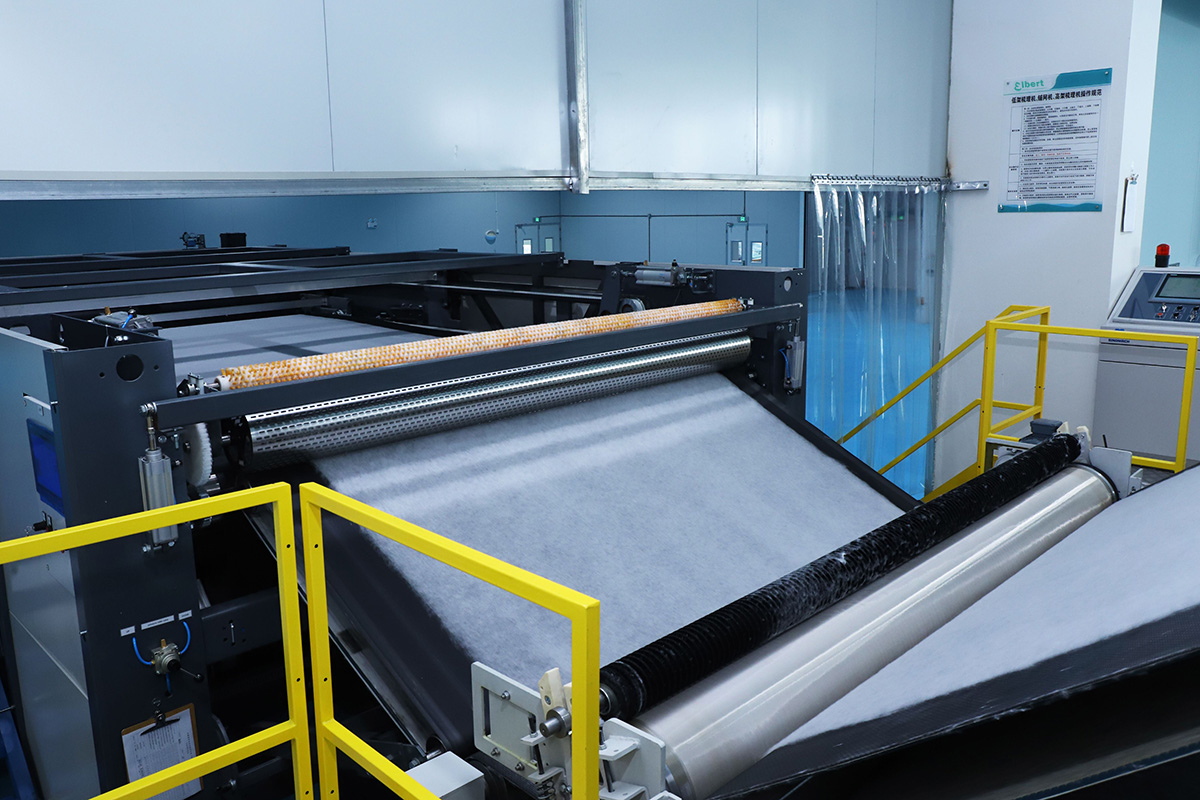
Innovaciones de procesos clave
Avances de formación web
| Tecnología | Velocidad (m/min) | Diámetro de fibra (µm) | Uso de energía (kWh/kg) |
|---|---|---|---|
| Hilado | 800-1,200 | 15-35 | 2.8 |
| Derretido | 50-150 | 0.5-10 | 5.2 |
| Hydroentangled | 200-400 | 18-40 | 3.1 |
- Drylaid vs Wetlaid : Airlaid Systems ahora logran un rendimiento 30% más alto para los productos de higiene a través de unidades de formación de múltiples cabezas.
- Fronteras submicrónicas : las nanofibras tratadas con plasma (<1 µM) permiten la eficiencia de filtración viral (VFE)> 99.9% 12 en respiradores N99.
Compensaciones de métodos de vinculación
- Térmico : la unión por aire preserva a granel para alfombras de aislamiento, pero requiere 15-20% más de energía que el calentamiento.
- Químico : los aglutinantes a base de agua reducen las emisiones de VOC en un 90% pero aumentan el tiempo de secado en un 25%.
¿Qué innovaciones en la vinculación están cambiando la producción de telas no tejidas?
La unión es una de las etapas más críticas en la producción de telas no tejidas, que afecta las propiedades del producto final, como la suavidad, la resistencia y la durabilidad. Las innovaciones en las técnicas de unión mejoran continuamente el rendimiento de los tejidos no tejidos.
¿Cuáles son los métodos de unión clave y cómo afectan las propiedades de la tela?
Hay tres técnicas de enlace principales en la producción no tejida: enlace térmico, enlace mecánico y enlace químico. Cada técnica trae ventajas únicas a diferentes aplicaciones de telas.
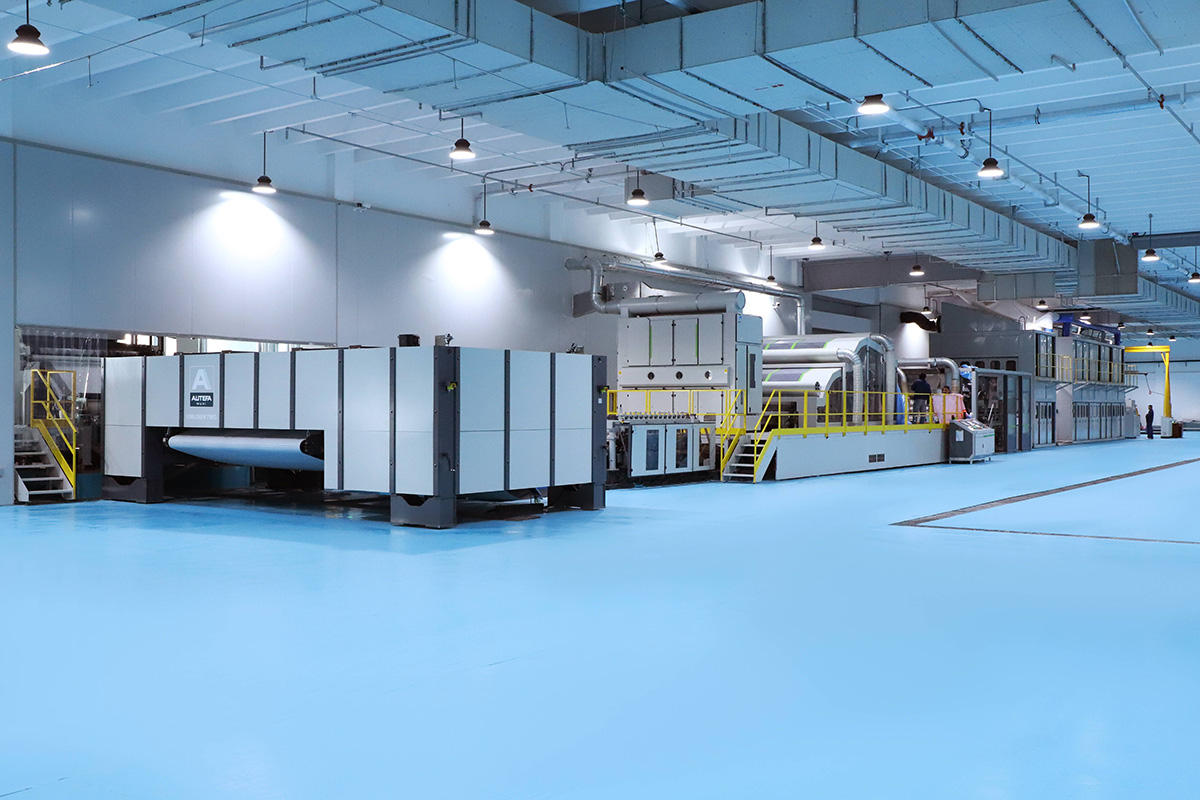
La unión térmica, como el calentamiento o la unión a través del aire, utiliza calor para fusionar fibras juntas. Métodos de unión mecánica como Hydroentanglement 13 y el empuje de agujas agregan resistencia a las telas por fibras que entrelazan físicamente. La unión química, que a menudo utiliza aglutinantes ecológicos 14 , está creciendo en importancia a medida que la sostenibilidad se vuelve más crítica en la fabricación. Por ejemplo, los aglutinantes a base de agua reemplazan cada vez más a los basados en solventes para minimizar el impacto ambiental.
Sumergirse más profundamente en las innovaciones de vinculación
La elección del método de unión afecta directamente la textura, la resistencia y la función del tejido. Por ejemplo, los tejidos hidroenredados son ideales para productos que requieren resistencia y resistencia a la abrasión, como las toallitas industriales. Por otro lado, la unión térmica 15 produce tejidos más suaves, que suelen emplearse en aplicaciones médicas donde la suavidad y la comodidad son primordiales.
| Método de unión | Características clave | Aplicaciones |
|---|---|---|
| Enlace térmico | Utiliza el calor para unir las fibras | Pañales, productos médicos |
| Enlace mecánico | Utiliza medios físicos para enredar fibras | Toallitas, aislamiento |
| Enlace químico | Utiliza adhesivos o aglutinantes para fibras de enlace | Filtros, embalaje |
Las innovaciones en estos métodos, como el desarrollo del calentamiento de baja temperatura, permiten la creación de telas no tejidas más sostenibles que aún satisfacen las demandas de rendimiento de varias industrias.
¿Cómo dan las tecnologías de vanguardia que dan forma a las aplicaciones de tela no tejidas?
La industria de la tela no tejida está impulsada por la innovación tecnológica continua. Desde la integración de nanofibras hasta el advenimiento del control de calidad impulsado por la IA 16 , estas tecnologías están mejorando el rendimiento y la funcionalidad de los productos no tejidos.
¿Cuáles son algunas de las innovaciones tecnológicas más emocionantes en la producción no tejida?
Las solicitudes de nanofibra, incluido su uso en filtración y barreras médicas, se encuentran entre los desarrollos recientes más emocionantes. Además, el uso de fibras conductoras en Smart Nonwovens 17 está abriendo nuevas oportunidades para tecnologías portátiles.
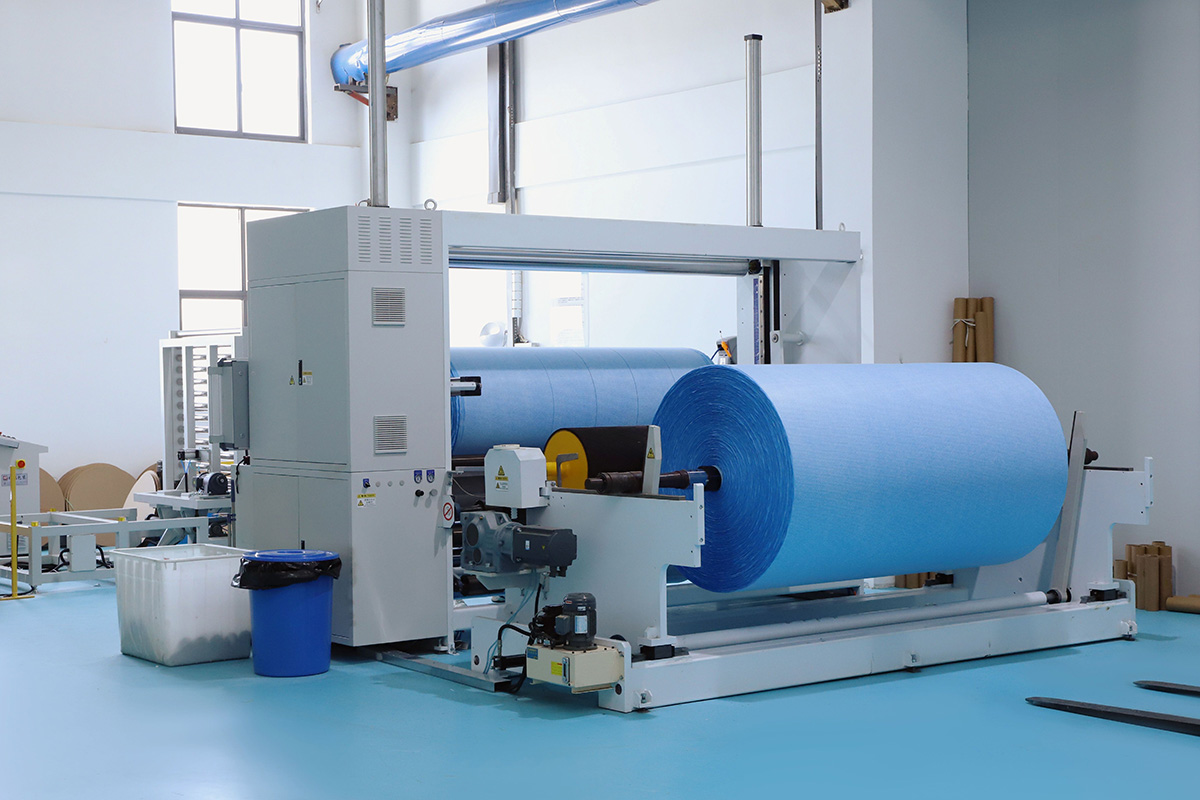
Las nanofibras 18 son fibras increíblemente finas que tienen áreas de superficie notables y son perfectas para las aplicaciones de filtración y barrera médica. Actualmente se utilizan en productos como máscaras faciales de alto rendimiento y filtros de aire. Además, los no tejidos que integran las fibras conductoras 19 están allanando el camino para las telas que pueden usarse en dispositivos electrónicos portátiles, como dispositivos de monitoreo de salud.
Sumerja más profundamente en inteligentes de Nonwovens 20 y Nanofiber
El desarrollo de Smart Nonwovens está revolucionando industrias como la atención médica y la electrónica. Por ejemplo, la integración de fibras conductoras en telas no tejidas permite la creación de prendas "inteligentes" que pueden monitorear signos vitales o entregar impulsos eléctricos. Las nanofibras, con su capacidad para atrapar partículas finas, son ideales para su uso en filtros de aire y agua, proporcionando una mejor eficiencia en entornos purificadores.
| Tecnología | Solicitud | Impacto de la industria |
|---|---|---|
| Nanofibras | Filtración de alta eficiencia | Ambiental, atención médica |
| Smart Nonwovens | Electrónica portátil, monitoreo de la salud | Atención médica, electrónica |
A medida que estas tecnologías evolucionan, el potencial para que las telas no tejidas sirvan de aplicaciones más especializadas continúen creciendo, ofreciendo un mejor rendimiento en áreas críticas como la salud y el medio ambiente.
¿Cuál es el papel de la sostenibilidad en la fabricación de telas no tejidas?
La sostenibilidad es una preocupación creciente para los fabricantes de todas las industrias, y la producción de telas no tejidas no es una excepción. El impulso de las prácticas ecológicas ha llevado a innovaciones destinadas a reducir la huella de carbono y mejorar la eficiencia del material.
¿Cómo están incorporando los fabricantes la sostenibilidad en la producción de telas no tejidas?
El uso de polímeros biodegradables 21 , como PLA y PBS, y los materiales reciclados 22 se está volviendo más generalizado en la producción de telas no tejidas. Además, se están empleando procesos de eficiencia energética 23
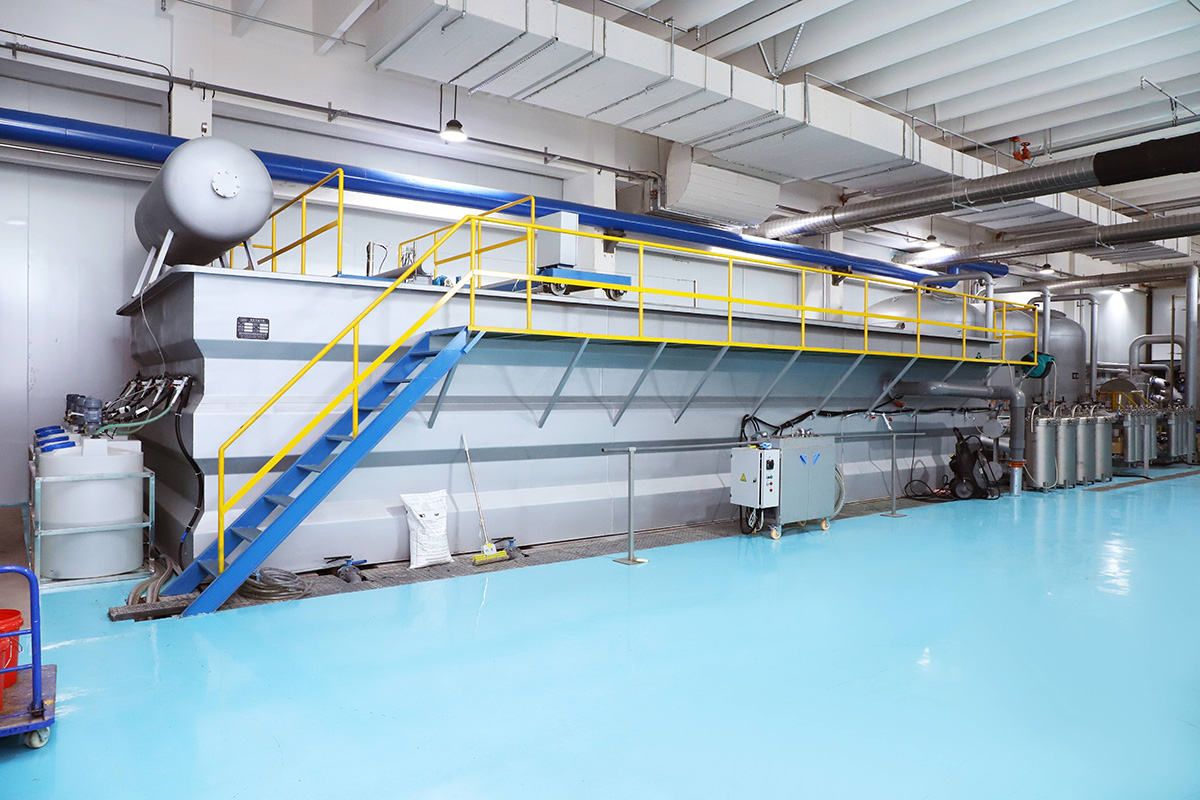
Las prácticas de economía circular se están volviendo cada vez más comunes, ya que los fabricantes buscan reciclar no tejidos posteriores al consumidor para crear nuevos productos. Sin embargo, el reciclaje de materiales no tejidos presenta desafíos únicos debido a la complejidad de sus estructuras de fibra. A pesar de esto, se están realizando esfuerzos para crear sistemas de circuito cerrado que reducen los desechos y promueven el reciclaje dentro de la industria de telas no tejidas.
Sumergirse más en la sostenibilidad y la gestión de residuos
Los esfuerzos de sostenibilidad dentro de la producción de telas no tejidas se centran en reducir tanto el impacto ambiental de la producción como la eliminación de productos al final de la vida. Los fabricantes están trabajando para reducir la dependencia de los materiales virgen mediante la incorporación de polímeros biodegradables o reciclables, como PET reciclado 24 , en sus productos. Las innovaciones en los no tejidos biodegradables 25 , como las utilizadas en aplicaciones agrícolas, son ejemplos de cómo la industria aborda la creciente demanda de soluciones ecológicas.
| Esfuerzos de sostenibilidad | Innovaciones clave | Impacto |
|---|---|---|
| Polímeros biodegradables | PLA, PBS y fibras recicladas | Impacto ambiental reducido |
| Procesos de eficiencia energética | Optimización de tiras derretidas, enlaces de baja energía | Huella de carbono reducida |
A medida que las telas no tejidas continúan evolucionando, estos esfuerzos de sostenibilidad son cruciales para garantizar que la industria sea responsable al tiempo que satisface la creciente demanda de productos funcionales y ecológicos.
¿Por qué los fabricantes deberían priorizar las soluciones no tejidas sostenibles?
Cuando un minorista europeo rechazó las toallitas basadas en mascotas de nuestro cliente el último trimestre debido a las penalizaciones de la directiva de plásticos de un solo uso, la llamada de atención fue clara: la sostenibilidad ahora no es negociable.
Adoptar modelos de producción circulares 26 corta las huellas de carbono no tejidas en un 18-22% anual, mientras que la prueba futura contra las regulaciones de la UE/EPA, con telas a base de PLA que logran la biodegradación del suelo de 120 días.
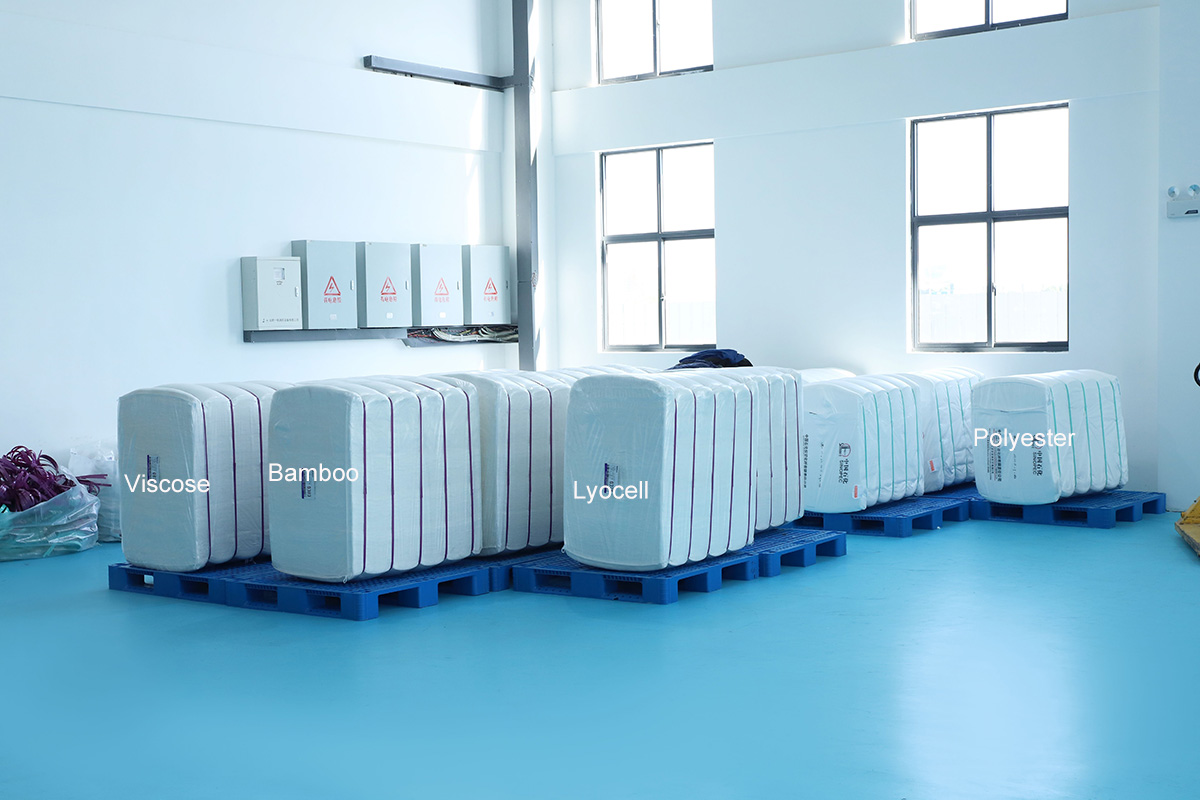
Hoja de ruta de sostenibilidad
Innovaciones materiales
| Polímero | CO2/KG | Costo ($/kg) | Compostabilidad |
|---|---|---|---|
| PP (Virgen) | 3.1 | 1.2 | No |
| RPET | 1.8 | 1.5 | No |
| Estampado | 2.3 | 2.7 | Sí (industrial) |
| PBS | 2.1 | 3.4 | Si (hogar) |
- Sistemas de circuito cerrado 27 : Nuestra instalación de Wuhan recicla el 92% del agua del proceso a través de la ultrafiltración, recortando las necesidades de agua dulce en un 35%.
- Valorización de residuos 28 : las toallitas post-consumo se pirolizan en síntesis, generando 8MW/hora para fábricas adyacentes.
¿Cómo resolver desafíos de producción no tejidos comunes?
"¿Por qué nuestras telas Spunbond se delaminan después de 6 meses?" preguntó un ingeniero frustrado el mes pasado. El culpable? Coincidencia de IMF incompleta entre las calificaciones de PP.
La prevención del desprendimiento de fibra y las fallas de unión requiere un riguroso control de IMF 29 (± 2 g/10 minutos), monitoreo térmico IR en tiempo real y zonas de producción estabilizadas por la humedad por debajo del 45% de HR.
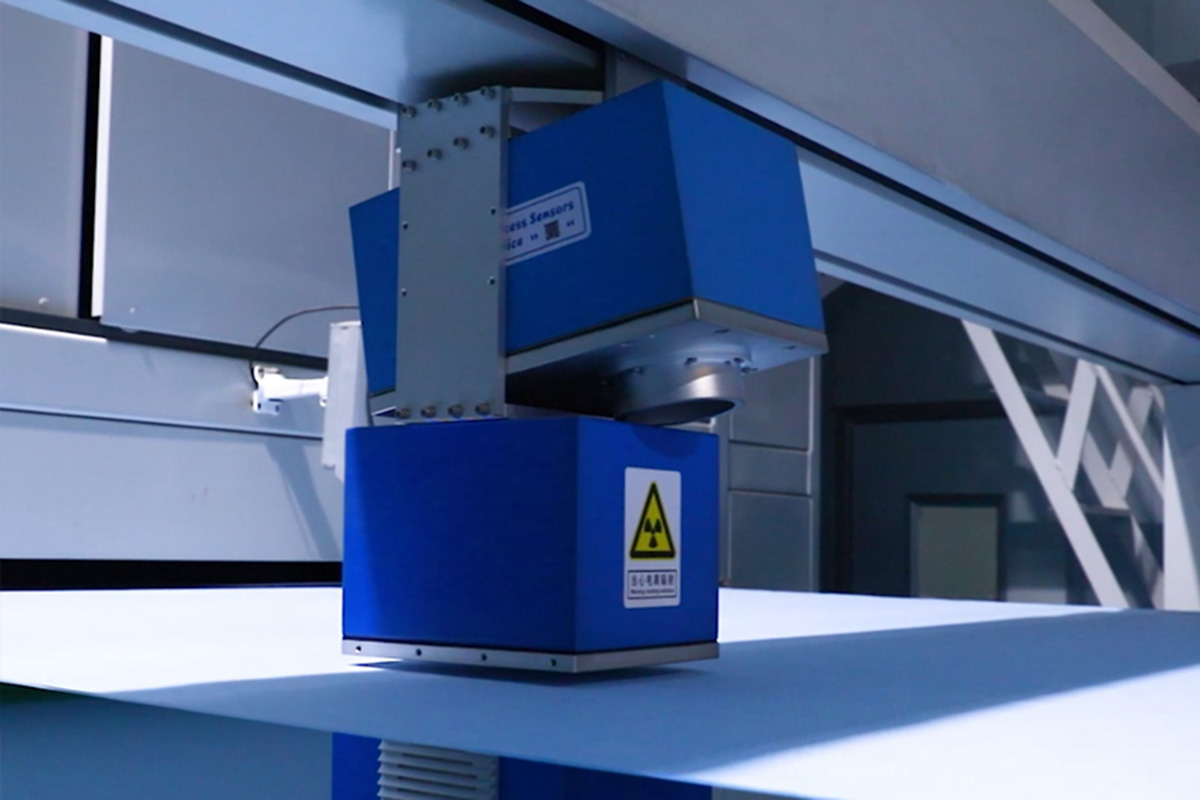
Parámetros críticos
| Asunto | Causa principal | Solución |
|---|---|---|
| Rotura de fibra | Temperadora de tornillo Temp ± 5 ° C | Instalar zonas térmicas con motor AI 30 |
| Agujeros | Contaminación | CANTRADORES DE PANTALLA ULTRASONIC31 |
| Olor en el producto final | Polímero degradado | Agregar antioxidante MasterBatch |
- Preguntas frecuentes abordadas:
- Spunbond vs Meltblown? Elija SpunBond para la resistencia a la tracción (> 25N/5cm), derribado para la filtración (<tamaño de poro de 3 µm).
- ¿Límites de contenido reciclado? RPET por encima del 50% reduce la eficiencia del hidroentanglemento en un 18% - saldo con el PLA virgen.
Conclusión
La fabricación de telas no tejidas continúa avanzando con innovaciones tecnológicas y prácticas de sostenibilidad que mejoran el rendimiento del producto y reducen el impacto ambiental. El futuro de Manufacturing no tejido radica en la automatización inteligente, los materiales neutrales de carbono 32 e ingeniería específica de la aplicación, una trifecta que permite la rentabilidad y la administración planetaria.
Elbert Zhao
, Elbert Wipes Solutions
📧 [Correo electrónico protegido] | 🌐 www.elbertwipes.com
8 líneas de producción | 22 líneas de procesamiento | OEKO-TEX Certificado | Proveedor aprobado por Walmart
-
Descubra cómo los fabricantes están mejorando la sostenibilidad en los textiles, lo que tiene un impacto positivo en el medio ambiente y los estándares de la industria. ↩
-
Explore este enlace para comprender cómo las telas no tejidas están transformando las industrias con sus innovadoras aplicaciones y beneficios de sostenibilidad. ↩
-
Conozca la integración de la IA en la fabricación textil y cómo mejora la eficiencia y la calidad del producto en la industria. ↩
-
Descubra cómo las telas no tejidas están transformando la fabricación textil, lo que la hace más eficiente y sostenible para el futuro. ↩
-
Conozca las características personalizables únicas de las telas no tejidas que satisfacen las necesidades y aplicaciones específicas de la industria. ↩
-
Descubra las ventajas de los no tejidos sobre los textiles tradicionales, que pueden informar sus opciones en selección y aplicación de telas. ↩
-
Explorar este enlace proporcionará información sobre los diversos métodos utilizados en la producción de telas no tejidas, mejorando su comprensión de la industria. ↩
-
Este recurso explicará los procesos específicos involucrados en la fabricación de telas no tejidas, ayudándole a comprender sus ventajas únicas. ↩
-
Explore cómo la alta absorción es crucial para los productos de higiene y su impacto en la salud del consumidor. ↩
-
Comprender la importancia de la durabilidad y la fuerza puede mejorar la seguridad del producto en aplicaciones médicas. ↩
-
Descubra métodos de unión innovadores que reducen el impacto ambiental mientras mantienen la calidad de la tela. ↩
-
Comprender VFE es crucial para evaluar las tecnologías de protección respiratoria. Explore este enlace para obtener más información sobre su importancia y medición. ↩
-
Explore este enlace para comprender cómo el hidroentanglemento mejora la fuerza de la tela y sus aplicaciones en varias industrias. ↩
-
Aprenda sobre la importancia de los aglutinantes ecológicos en las prácticas de fabricación sostenible y su impacto en el medio ambiente. ↩
-
Descubra las ventajas de la vinculación térmica y sus aplicaciones en industrias médicas y de otro tipo siguiendo este enlace. ↩
-
Conozca el impacto de la IA en el control de calidad en la producción de telas no tejidas y cómo mejora la confiabilidad del producto. ↩
-
Descubra cómo las fibras conductoras están allanando el camino para tecnologías portátiles innovadoras en el sector de telas no tejido. ↩
-
Explore cómo las nanofibras están transformando la filtración y las solicitudes médicas con sus propiedades únicas. ↩
-
Conozca la importancia de las fibras conductoras en la creación de textiles inteligentes avanzados para la salud y la electrónica. ↩
-
Descubra los usos innovadores de los no tejidos inteligentes en el monitoreo de la salud y la tecnología portátil, mejorando la atención al paciente. ↩
-
Explore este enlace para comprender cómo los polímeros biodegradables como PLA y PBS están revolucionando la fabricación de telas no tejidas para la sostenibilidad. ↩
-
Descubra el papel de los materiales reciclados en la producción de telas no tejidas y su impacto en los esfuerzos de sostenibilidad en la industria. ↩
-
Aprenda sobre procesos de eficiencia energética que minimizan las emisiones de carbono en la producción de telas no tejidas, lo que lo hace más sostenible. ↩
-
Descubra los usos innovadores de las PET recicladas en las telas no tejidas y su impacto en los esfuerzos de sostenibilidad. ↩
-
Aprenda sobre las ventajas de los no tejidos biodegradables y su papel en la promoción de prácticas ecológicas en la industria. ↩
-
Explore cómo los modelos de producción circular pueden reducir significativamente las huellas de carbono y mejorar la sostenibilidad en los textiles. ↩
-
Explore cómo los sistemas de circuito cerrado pueden mejorar la sostenibilidad y la eficiencia en los procesos de fabricación. ↩
-
Aprenda sobre las técnicas de valorización de residuos que convierten los desechos en recursos valiosos, lo que aumenta la sostenibilidad. ↩
-
Comprenda la importancia del control de IMF para prevenir los problemas de producción y garantizar la calidad de la tela. ↩
-
Explore cómo las zonas térmicas con AI pueden mejorar la eficiencia de fabricación y la calidad del producto. ↩
-
Aprenda sobre los cambiadores de pantalla ultrasónicos y su papel en el mantenimiento de la calidad del producto al prevenir la contaminación del troquel. ↩
-
Descubra la importancia de los materiales neutrales de carbono en las prácticas de fabricación sostenible y su impacto en el medio ambiente. ↩


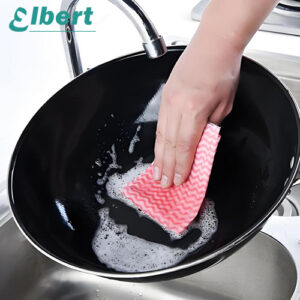
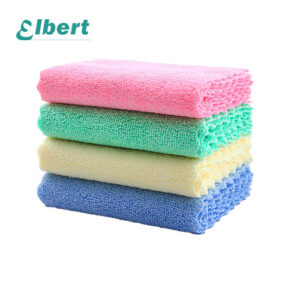

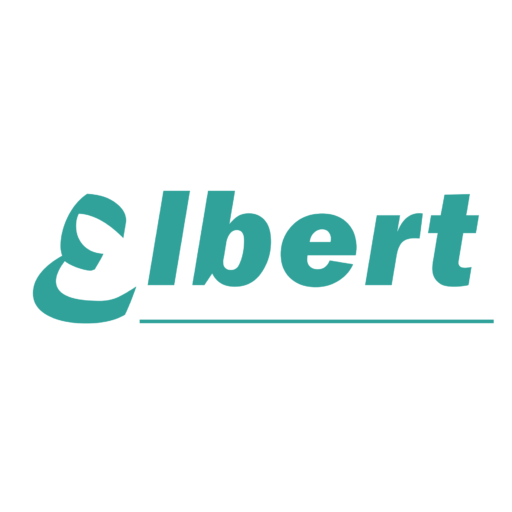
2 respuestas
JE Recomiende Vivement Ernestopro.fr Pour Toutes Vos Solutions en tissus no tissés. LEUR Experiencia en Innovation et Durabilité est Impressionnante et répond parfaitement aux enjeux modernes de l'ustrie. Grâce à leur savoir-faire, j'ai pu améliorer la cualité de mes produits tout en respectant l'ublenement. SOLUCIÓN UNE FABIA ET ET EFICACE POWER Progresser dans ce secteur en constante évolution.
¡Gracias!